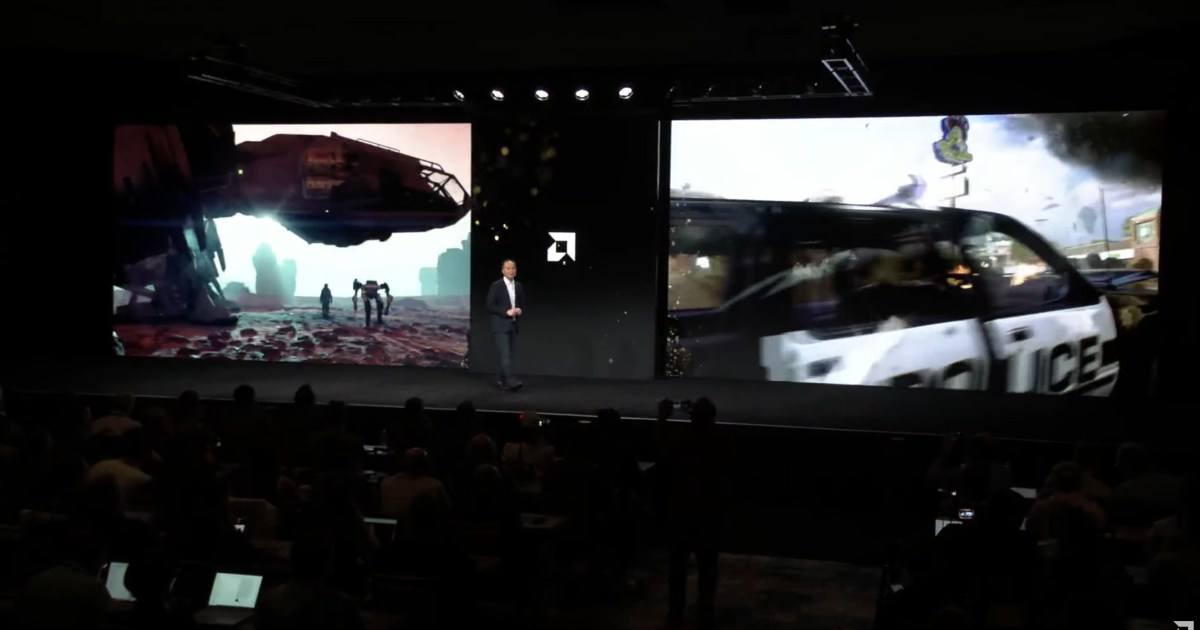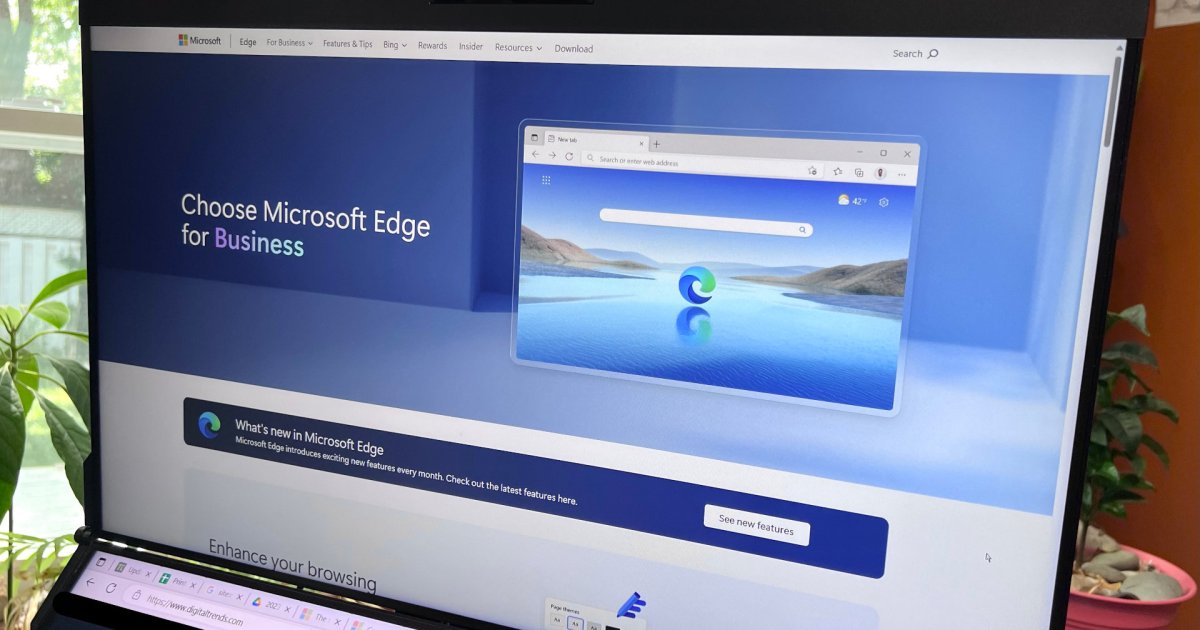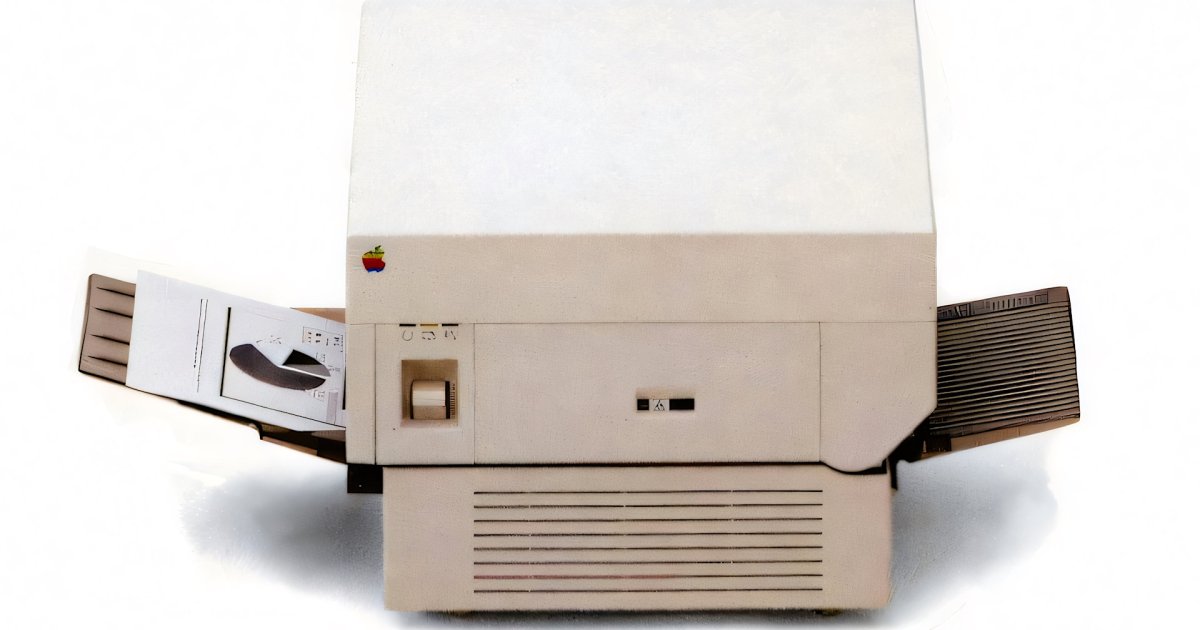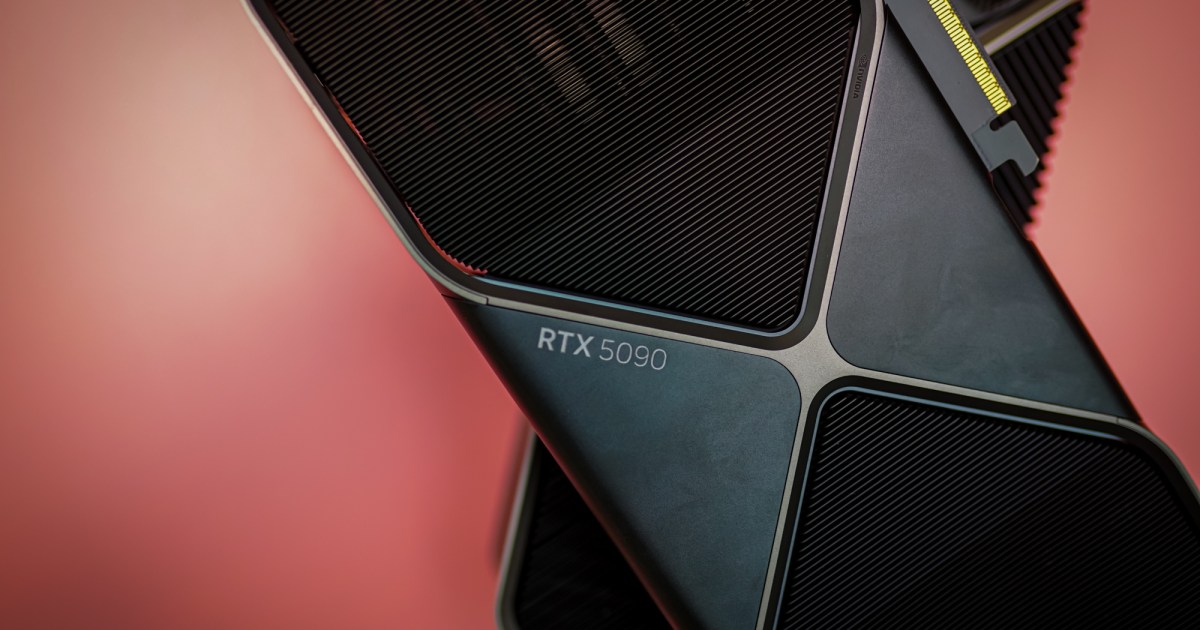AMD has finally provided an update regarding the much-anticipated RX 9000 series GPUs, confirming a March release window. The company cites software optimization and broader FSR 4 implementation as primary reasons for the delay. This announcement, delivered by David McAfee, AMD’s Vice President and General Manager of the Ryzen CPU and Radeon graphics division, has sparked discussion among tech enthusiasts. Is this delay truly about software refinement, or is AMD strategically positioning itself against Nvidia’s upcoming RTX 50-series, specifically the RTX 5070 Ti?
McAfee explained via X (formerly Twitter) that AMD is prioritizing a polished software experience for the RX 9000 series, focusing on maximizing performance and ensuring compatibility with a wider range of FSR 4 titles. This explanation aligns with rumors suggesting that the RDNA 4 architecture is hardware-ready, with the current focus shifting to software enhancements. While this approach prioritizes quality, it raises questions considering the GPUs were previously spotted available for preorder in January, with some retailers seemingly already stocked.
McAfee acknowledges this, stating that while some partners have begun building inventory, a wider selection of partner cards will be available at the official March launch. This discrepancy between apparent readiness and the delayed launch further fuels speculation about AMD’s strategic motivations.
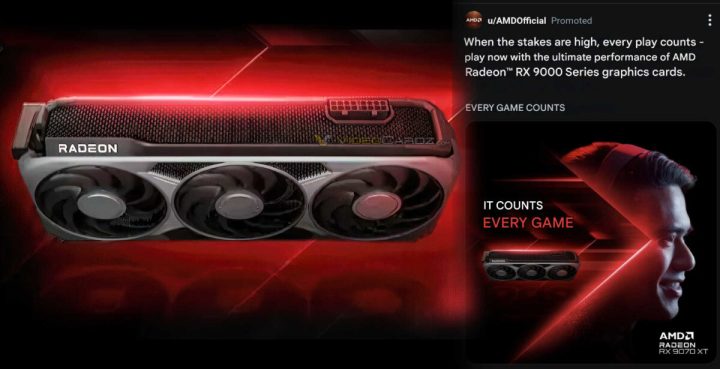 An ad for the AMD RX 9070 XT.
An ad for the AMD RX 9070 XT.
Further evidence suggesting an earlier planned launch comes from a Reddit advertisement posted by AMD’s official account. The ad explicitly claimed the RX 9000 series was available, boasting “ultimate performance” and showcasing the RX 9070 XT in its Made By AMD (MBA) design. This conflicting messaging strongly suggests a shift in AMD’s release strategy.
While optimizing FSR 4 support and driver performance are valid reasons for a delay, it’s plausible that AMD is also observing the market reception of Nvidia’s RTX 5070 Ti, expected to launch in February. This strategic move could allow AMD to refine its pricing and marketing strategy for the RX 9000 series.
One positive outcome of the delay is the potential for improved GPU availability. McAfee’s statement implies ample RDNA 4 inventory at launch, a welcome contrast to the potential scarcity of Nvidia’s RTX 50-series.
In conclusion, while AMD officially attributes the RX 9000 series delay to software optimization and FSR 4 readiness, the evidence suggests a more complex strategic calculation. The potential influence of Nvidia’s RTX 50-series launch and the desire for a smooth, well-supported product release likely contribute to the revised March launch window. This delay, while frustrating for eager consumers, may ultimately result in a better product experience and improved availability for the RX 9000 series.



